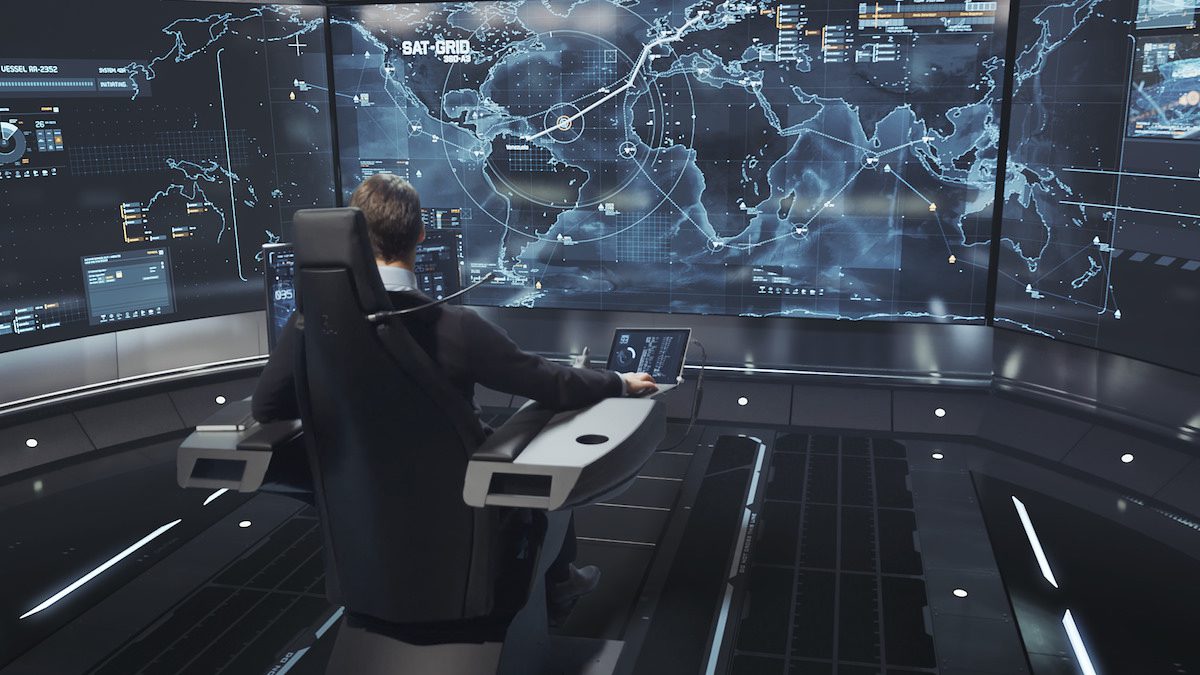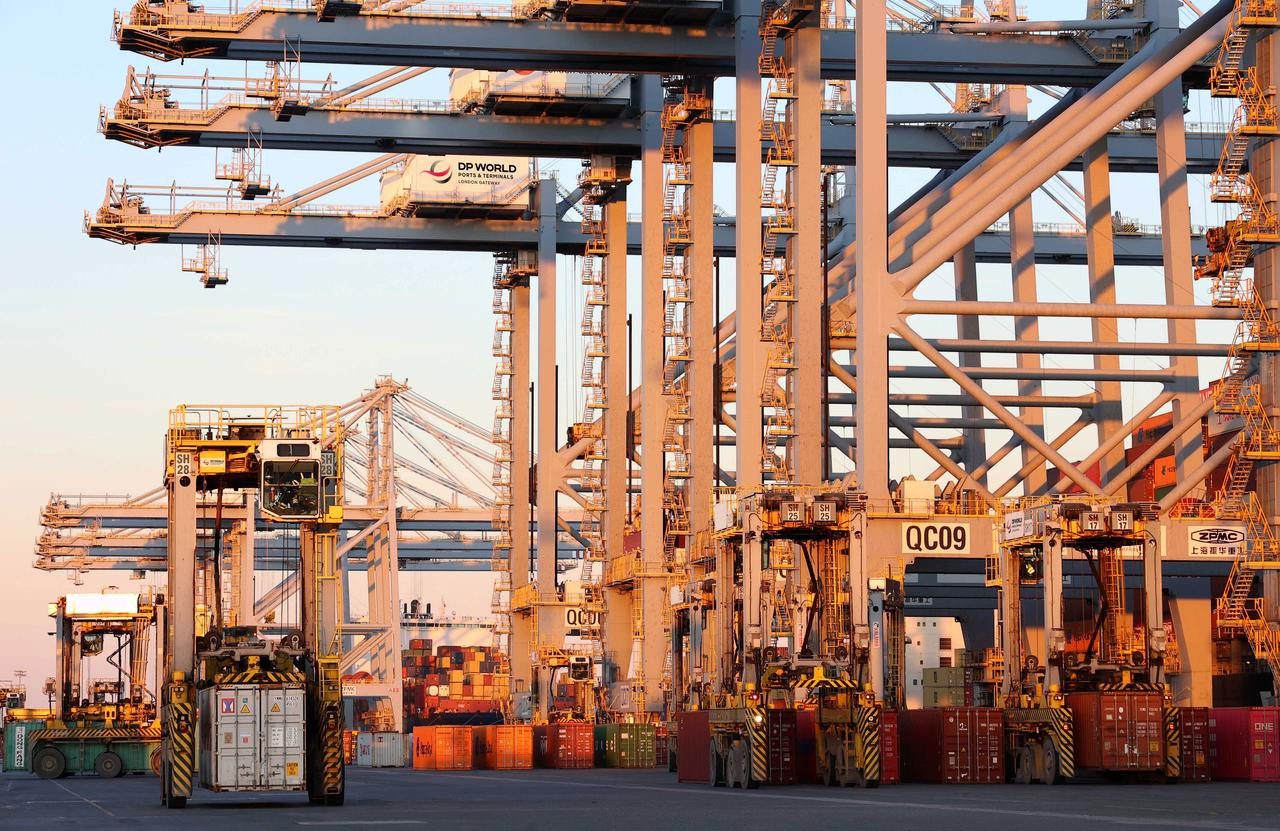An illustration of Rolls-Royce’s vision for a land-based control center for the operation of autonomous ‘drone’ cargo ships. Image credit: Rolls-Royce
Representatives from the Rolls-Royce led Advanced Autonomous Waterborne Applications Initiative (AAWA) are in Amsterdam this week to discuss the project’s vision of how remote and autonomous shipping will become a reality.
“This is happening. It’s not if, it’s when,” said Oskar Levander, Rolls-Royce, Vice President of Innovation, speaking at the Autonomous Ship Technology Symposium 2016 this week.
The main driver towards the development of so-called ‘drone ships’ has been the advancement of digital technologies, specifically in the area of sensor technology allowing for remote access, operation and diagnostics.
“The technologies needed to make remote and autonomous ships a reality exist,” said Levander. “The AAWA project is testing sensor arrays in a range of operating and climatic conditions in Finland and has created a simulated autonomous ship control system which allows the behavior of the complete communication system to be explored. We will see a remote controlled ship in commercial use by the end of the decade.”
RELATED: Rolls-Royce Reveals Vision of Shore-based Control Centers for Unmanned Cargo Ships
The conference this week in Amsterdam coincides with the release of an AAWA whitepaper exploring the research carried out to date on the business case for autonomous applications, the safety and security implications of designing and operating remotely operated ships, the legal and regulatory dimensions, and the existence and readiness of a supplier network in the short to medium term.
The project has the support of shipowners and operators. Already, tests of sensor arrays are being carried out aboard Finferries 65-meter double ended ferry, the Stella, operating between Korpo and Houtskär, Finland. ESL Shipping is also helping explore the implications of remote and autonomous ships for the short sea cargo sector.
“Unmanned ships open up exciting possibilities to redefine the way a ship is designed and functions,” the AAWA whitepaper says. “When there are no people on board, many constraints on the ship layout are removed. One of the most obvious is the removal of the accommodation and with that the entire deckhouse. This will save cost, weight and space, as well as enabling the ship to carry more cargo. A ship contains systems that are only there to serve the crew. Their removal will simplify the entire ship, which should improve the reliability and productivity while reducing build and operation costs.”
The AAWA project brings together universities, ship designers, equipment manufacturers, and classification societies to explore the economic, social, legal, regulatory and technological factors which need to be addressed to make autonomous ships a reality. So far the project has received more than $7 million in funding from Tekes Finnish Funding Agency for Technology and Innovation. It will run through 2017.

 Join The Club
Join The Club











